December to February is the season of bird surveys because of the migration of birds from other continents to India. So we were attending many surveys in Tamil nadu. Synchronized bird survey was arranged by the Forest departments on Feb 12-13 2022 all over Tamil nadu. We decided to participate in the Kanyakumari wetlands but in the last minute we went to Ramanathapuram because of a personal request. Ramanathapuram district is very dry region with less rainfall but surprisingly the district has many bird sanctuaries like Chitrangudi Bird Sanctuary , Kanjirankulam Bird Sanctuary and Thethangal Bird Sanctuary. So after finishing the survey, we decided to visit Rameswaram to see shore birds.
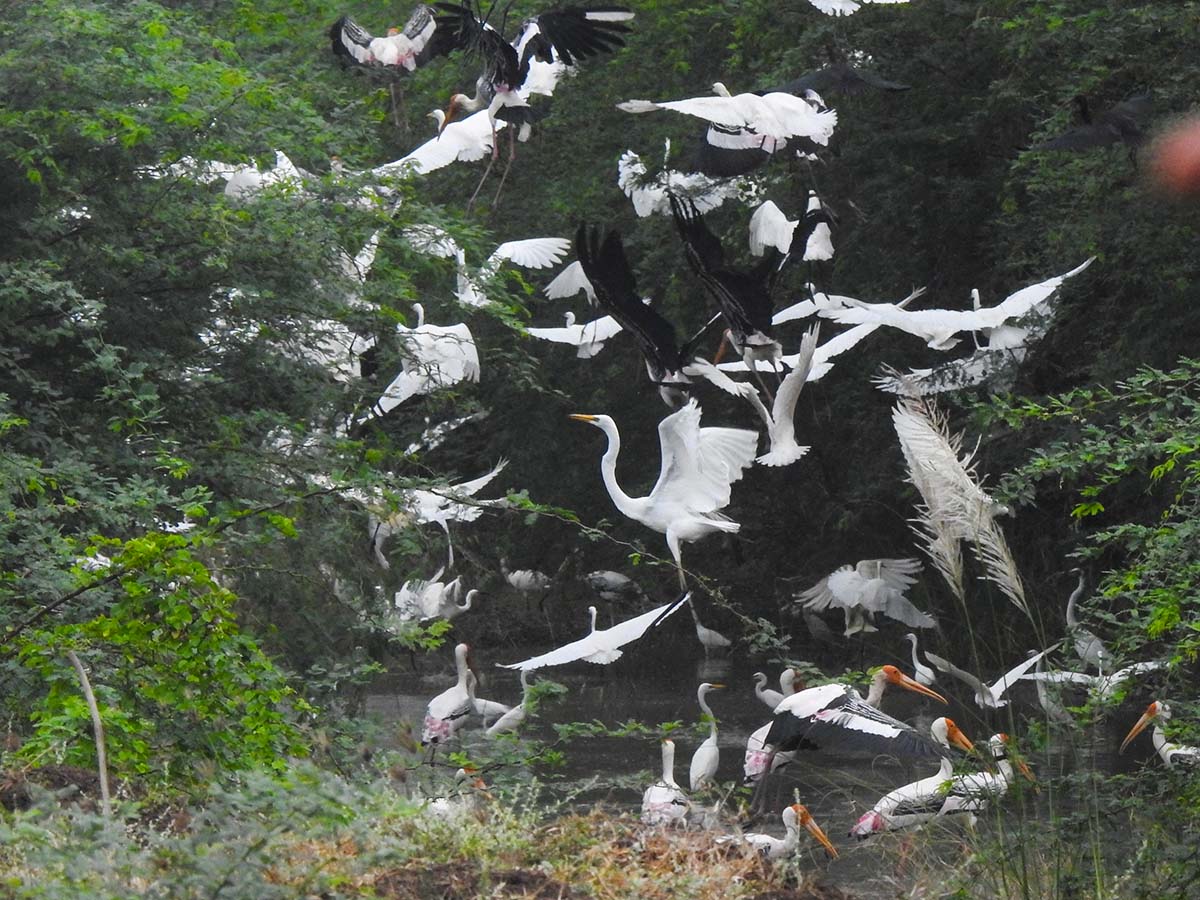
Thangachimadam, Arichalmunai,Dhanushkodi were few of the places we had in mind for bird watching. But wherever we had shoreline visibility, we stopped to check for birds. We saw a huge flock of Slender bill gulls and they were in beautiful pink plumage. We spotted around 1000 flamingos at a distance. We also saw congregation of Marsh Sandpipers and Common Redshanks. It looked like they all getting together for their return journey. Here and there we saw a flock of Ruddy turnstones who were so adorable to watch.
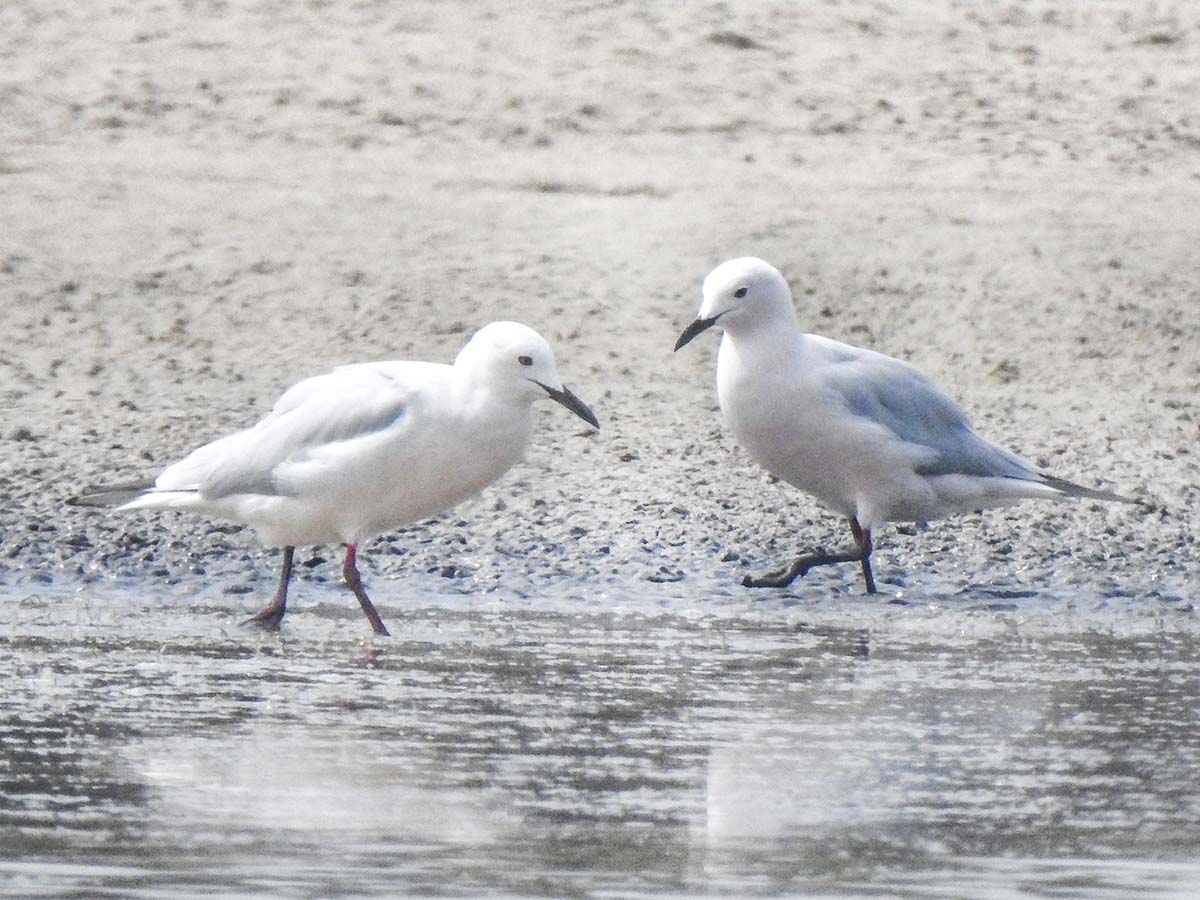
In few places we got down to see the birds sitting on the sandbars and Vinod got excited to see the Sand fleas/sand hoppers on the beach. So we were like binocularing and microscoping 🙂 Vinod spotted Peregrine falcon at distance sitting along with gulls. We also saw Osprey , White-bellied Sea eagle catching fishes and circling on the sky to find a good spot to eat their meal. After the strenuous birdwatching, we just drove to Arichalmunai just for the sake of reaching the tip. There were sand dunes in few places which reminded me of the Death Valley National Park in North America.
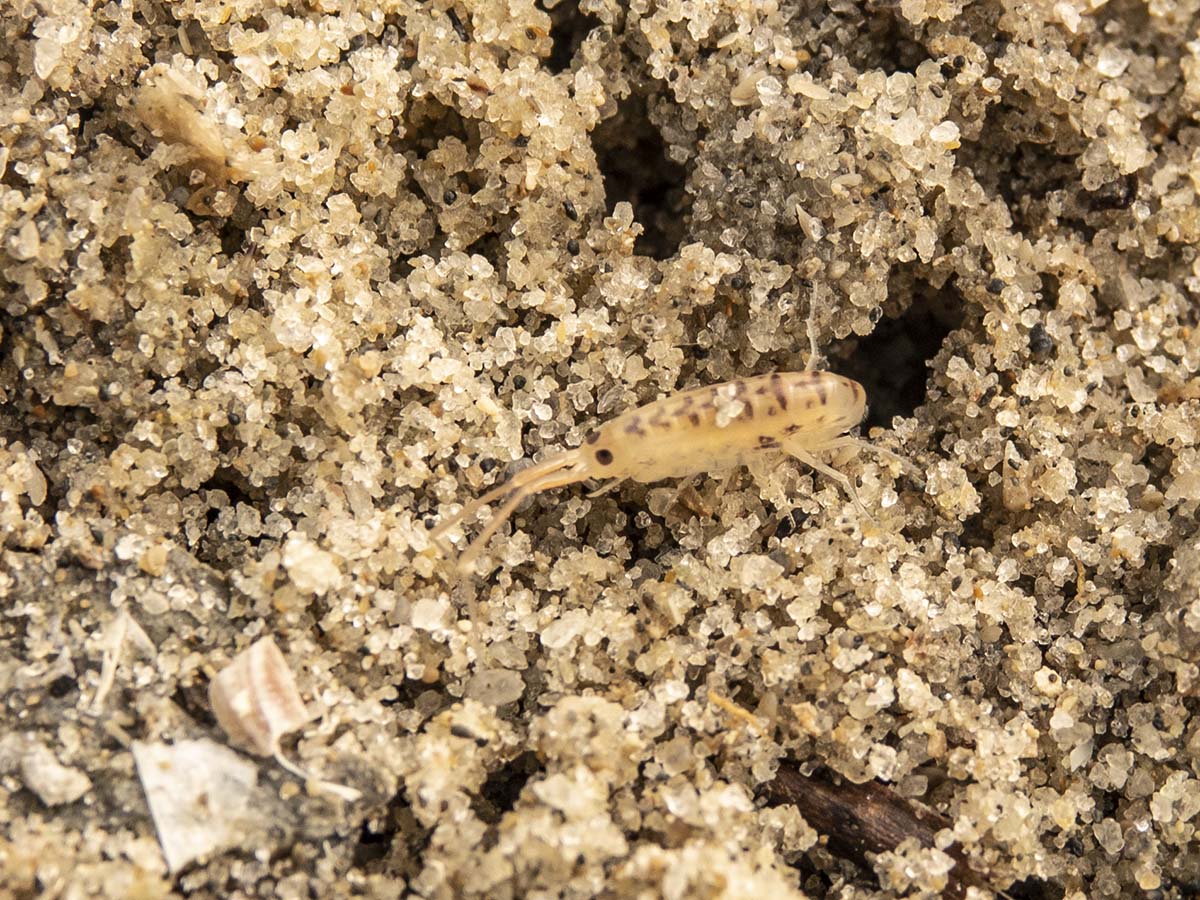
We walked on the dunes to see Sitana running around and hiding under Raavan’s mustache grass tussock. In India, with human habitation everywhere it is always tough to find a beautiful landscape. So we just enjoyed this little scenic stretch. The tourists had not started coming in yet. We decided to reach the Arichalmunai tip before tourists pouring in. Vinod started driving but immediately stopped and his face was full of excitement. I had my eyes on road, so I turned my head to see what made Vinod to smile that much. The scene infont of me brought a big smile in my face too.
Mass feeding of Crimson rose butterflies on Calotropis gigantea was going on. The Crimson rose is one of the most common butterflies in India. Most of us would have noticed this large black and red butterfly in daily life.
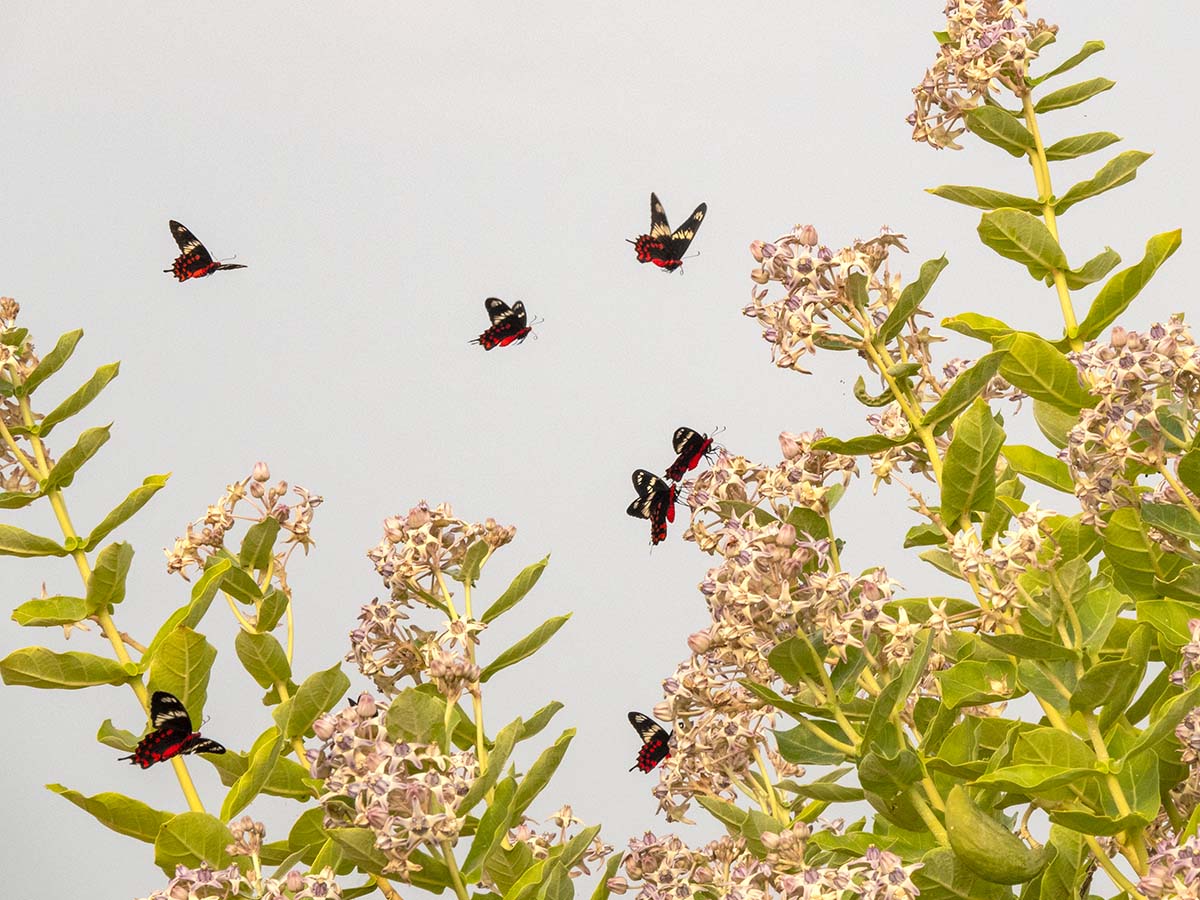
Even a huge congregation of Feral pigeons in Marina beach is a beautiful sight. So one can imagine how the congregation of these colorful butterflies would have looked like. The Calotropis gigantea (Crown Flower, Erukam poo) was in full bloom and the butterflies were fluttering on all the flowers. While we were excitedly watching this event, we noticed that the butterflies kept on coming. We counted like more than 80 butterflies arriving per minute in that single Calotropis plant. It was a breathtaking sight to see the red flutters along the shoreline.
After the stopover for nectar not more than 30 seconds, the butterflies flew towards the sea in the direction of Srilanka. We realized then we were witnessing the crimson rose migration from Dhanushkodi to Srilanka. In Kanyakumari also we had noticed crimson rose butterflies fluttering above the sea but this was the first time we had seen the crimson roses in thousands. I was getting goosebumps on seeing the tiny black and red butterfly flying above the sea. I got the same feeling when I saw those tiny Olive ridley turtles swimming towards the ocean from the beach where they hatched. How these tiny ones have the direction sense and reach the correct destination? I don’t want to know any scientific answers on these, so that I don’t lose the magical touch in nature.

Importance of Calotropis gigantea (Crown Flower / Erukam Poo)
We stood near the Calotropis for few hours and monitored the movement of butterflies. We also noted down the beach vegetation in that zone. Prosopis juliflora has spread across the entire Rameswaram coastline. Only near Arichalmunai, a small patch of native beach vegetation was noted. Calotropis gigantea, Sesuvium portulacastrum , Scaevola taccada , Launaea sarmentosa , Ipomoea pes-caprae , Spinifex littoreus and Aerva javanica were some of the important plants we noticed. The Crimson rose butterflies took nectar from beach ipomoea and beach naupaka/half flower also. The beach where native vegetation was present looked so beautiful. There were small dunes and Ravan’s moustache added beautiful coloration to the beach.
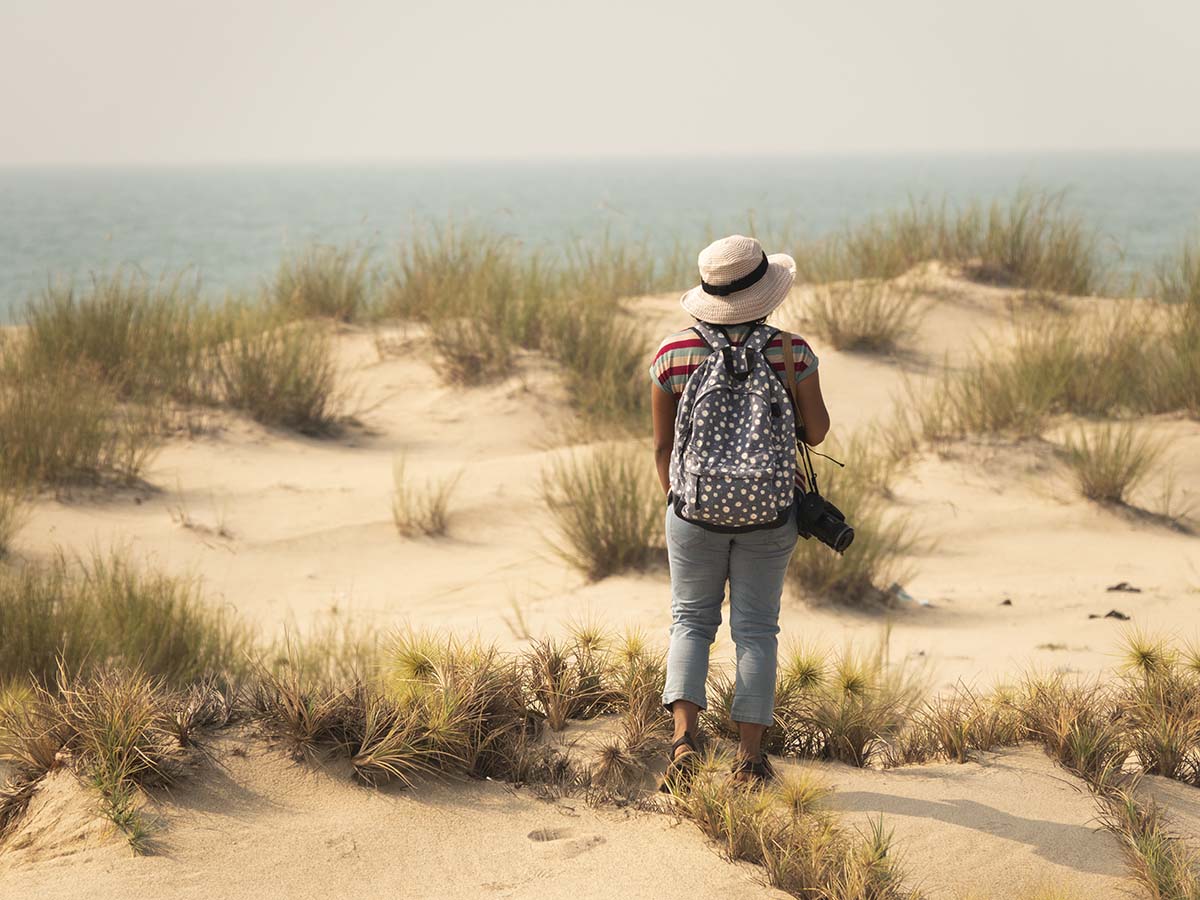
We had seen clusters of Blue tiger butterflies in Silent Valley National Park , thousands of fringed phacelias in Smoky mountain National Park, thousands of Eurasian wigeons in Chennai ECR Coast, murmuration of Rosy starlings , hundreds of Horseshoe crabs along with thousands of shorebirds in Delaware and the list goes on. It is always a pleasure to see the wild beings in big groups as their numbers are dropping in an alarming rate. So this scene of Crimson rose migration to Srilanka in thousands was such a pleasant sight for us. We didn’t have the mind to move from that place but traffic slowly started increasing. There were few crimson rose butterflies got hit by cars. After watching this extraordinary event, even seeing a big flock of Pallas gull or a meadow of rare Murdannia striatipetala didn’t bring excitement. So we decided to finish our trip keeping just the images of Crimson roses in our mind.
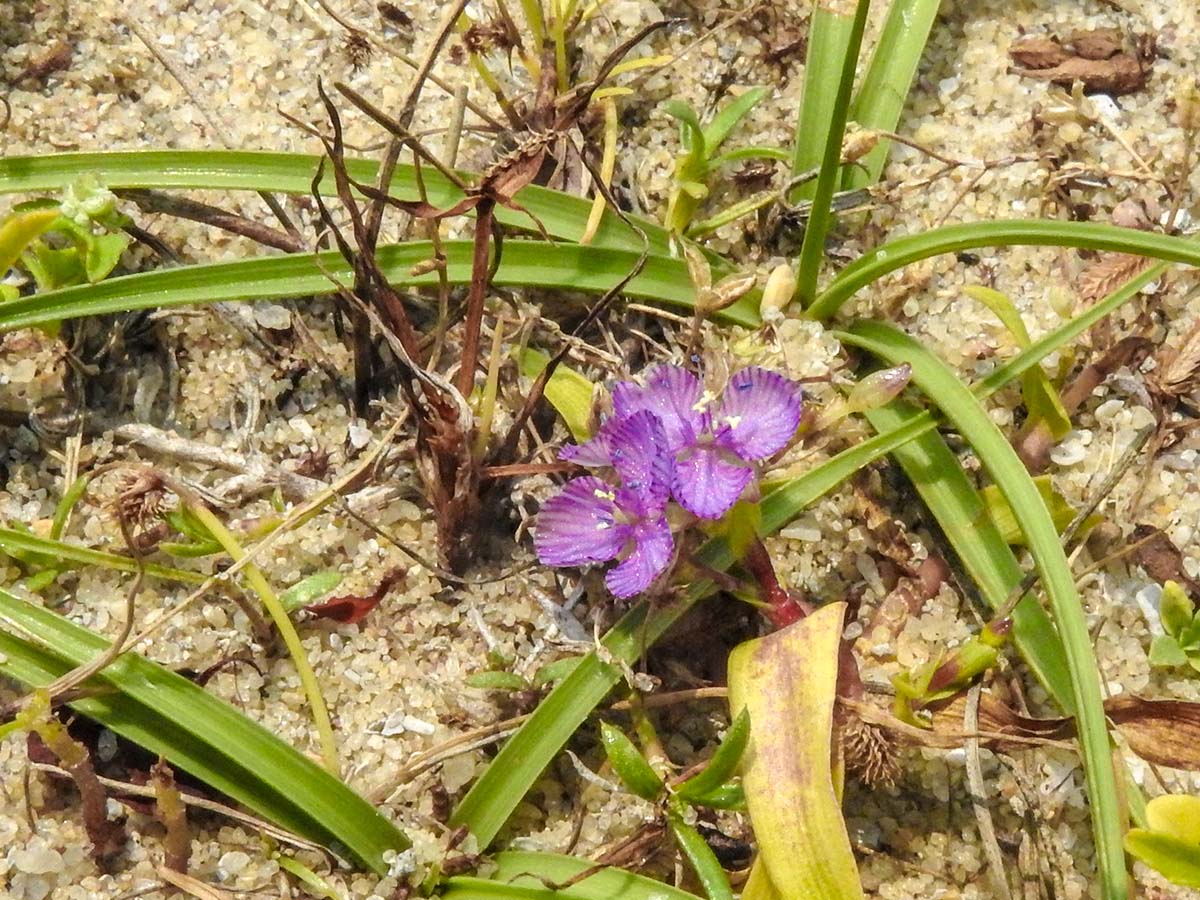
We shared this beautiful phenomenon with TNBS team and they informed the press. The Hindu (Tamil and English) covered it excellently and few readers called us to express their excitement in reading the mass migration over sea in India.
https://www.hindutamil.in/news/tamilnadu/768024-crimson-rose-butterflies.html
All nature lovers would have known about Monarch butterflies migration to Mexico from USA but there was no detailed study about the butterfly migrations in India. Few people from Srilanka contacted me to conduct a study on the Crimson rose migration. So hopefully in the next few years we will gather more information on this interesting phenomenon and if only more nectar plants can be planted along the shoreline or just removal of Prosopis juliflora should allow the native beach vegetation to regrow.